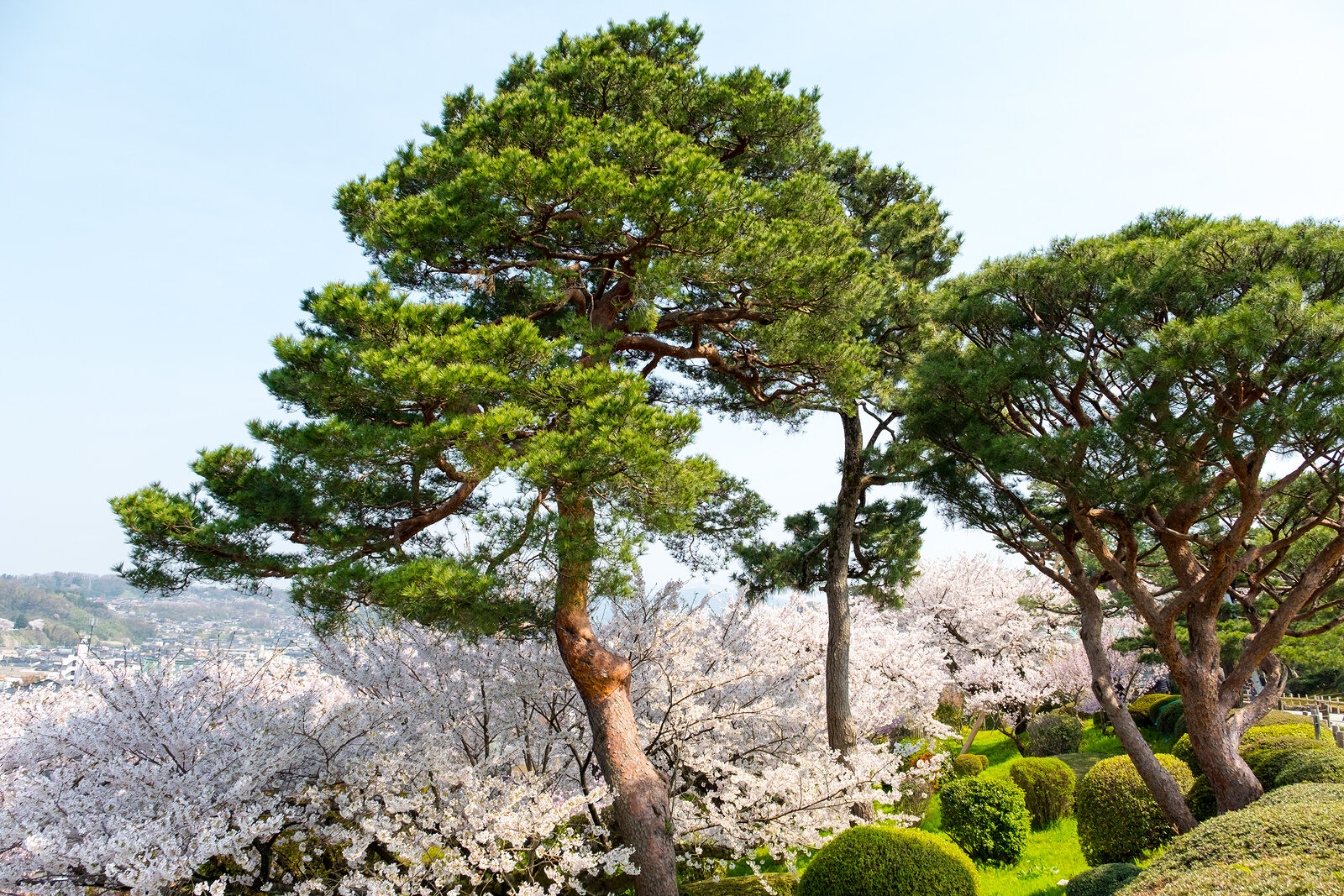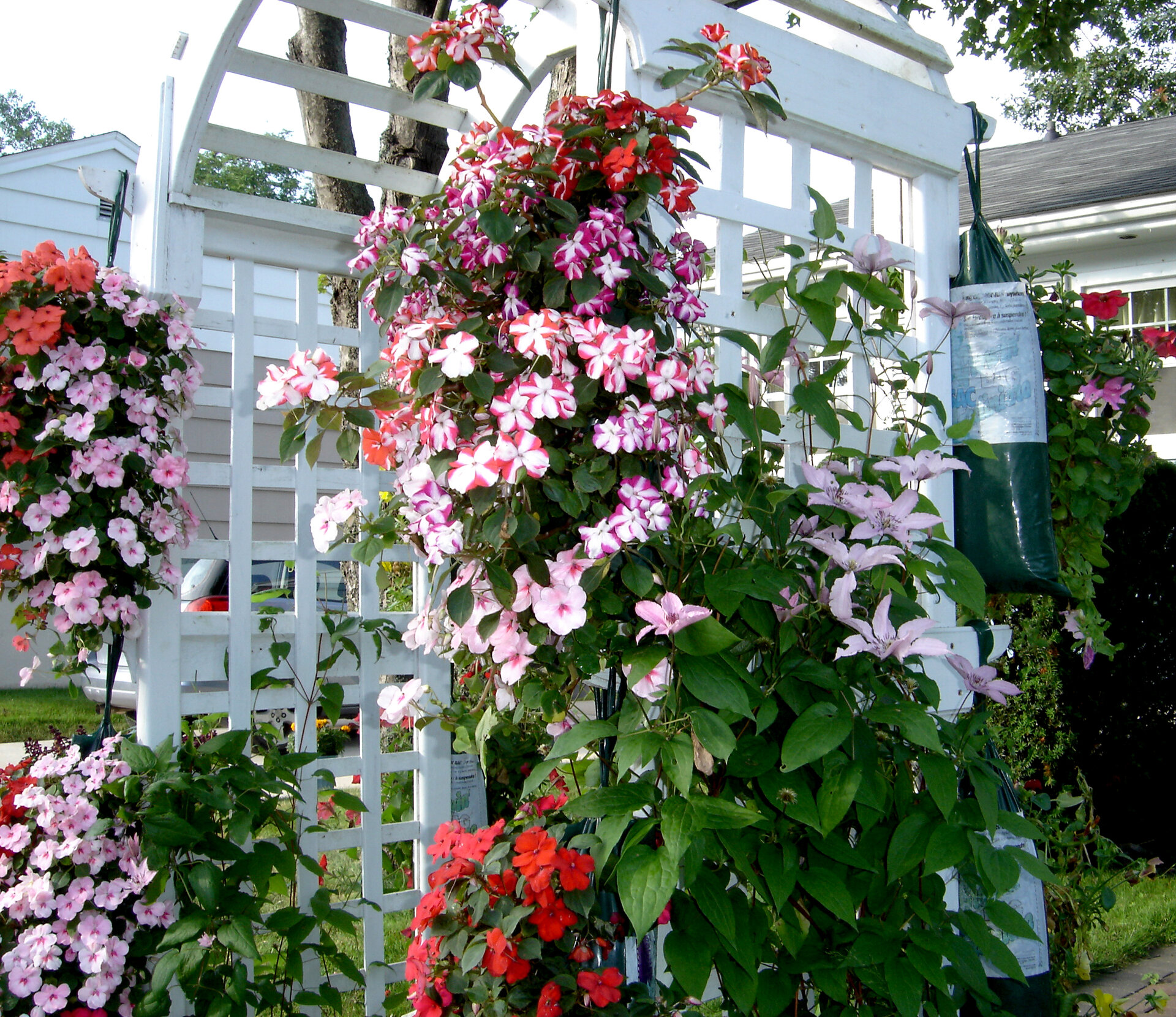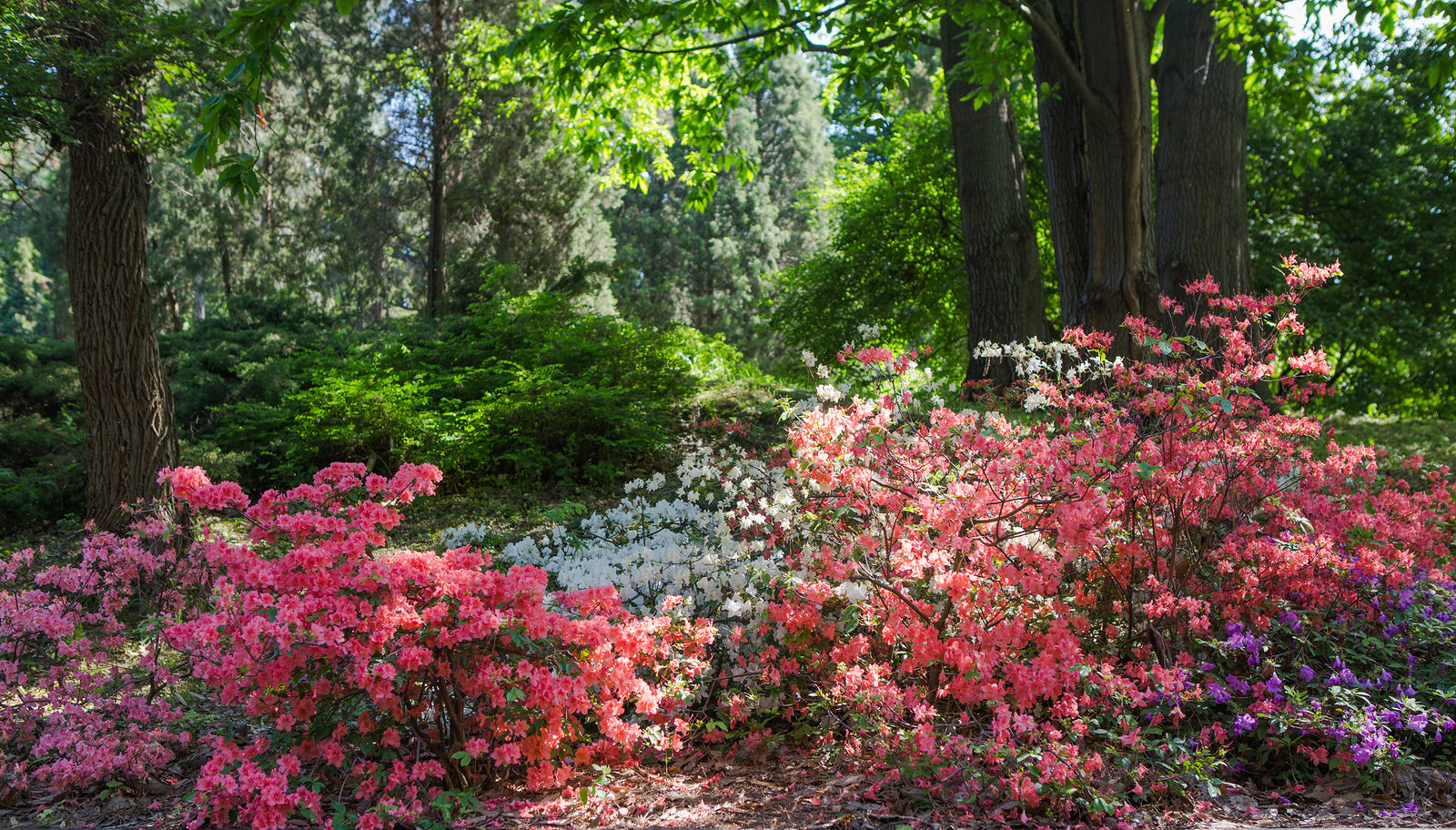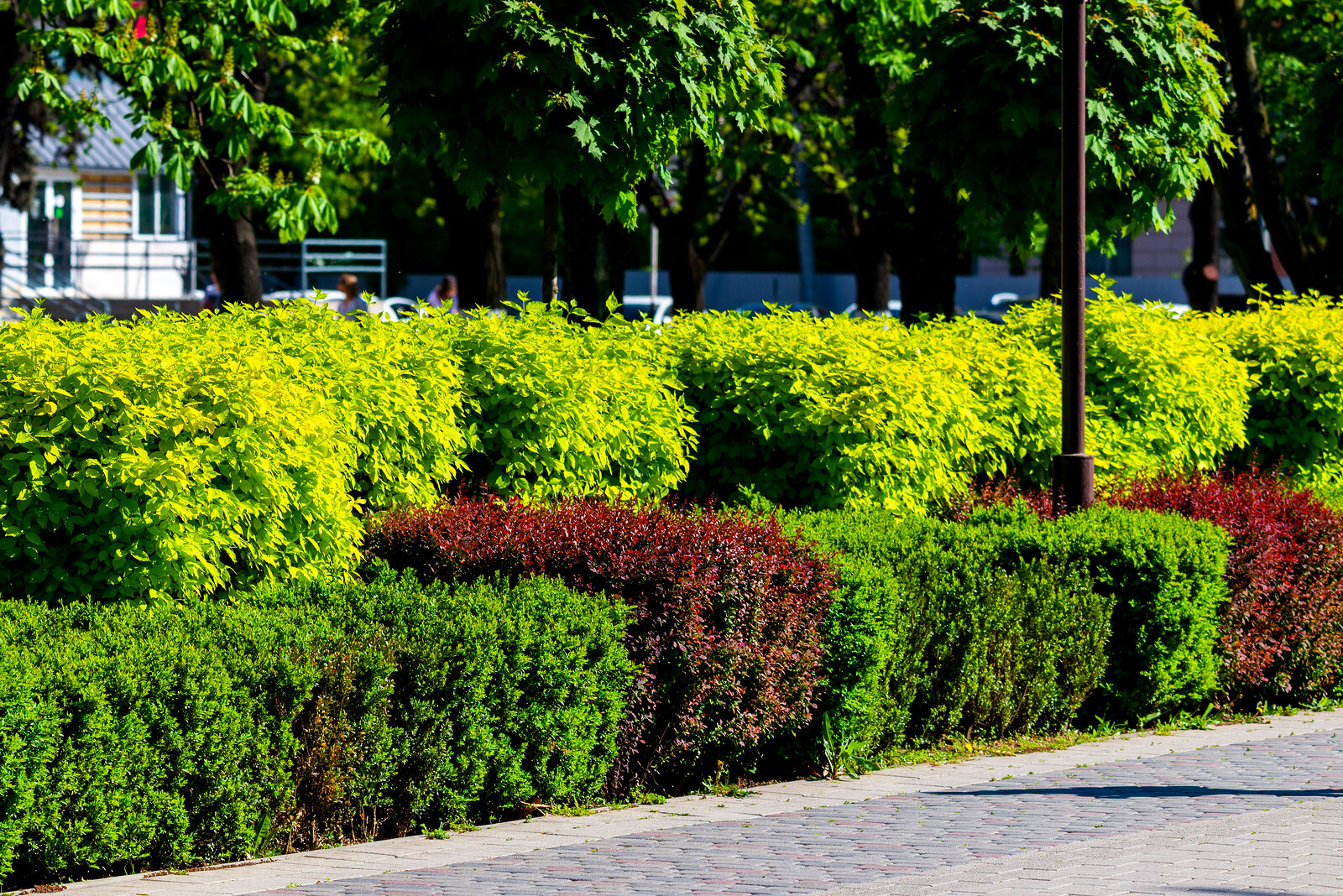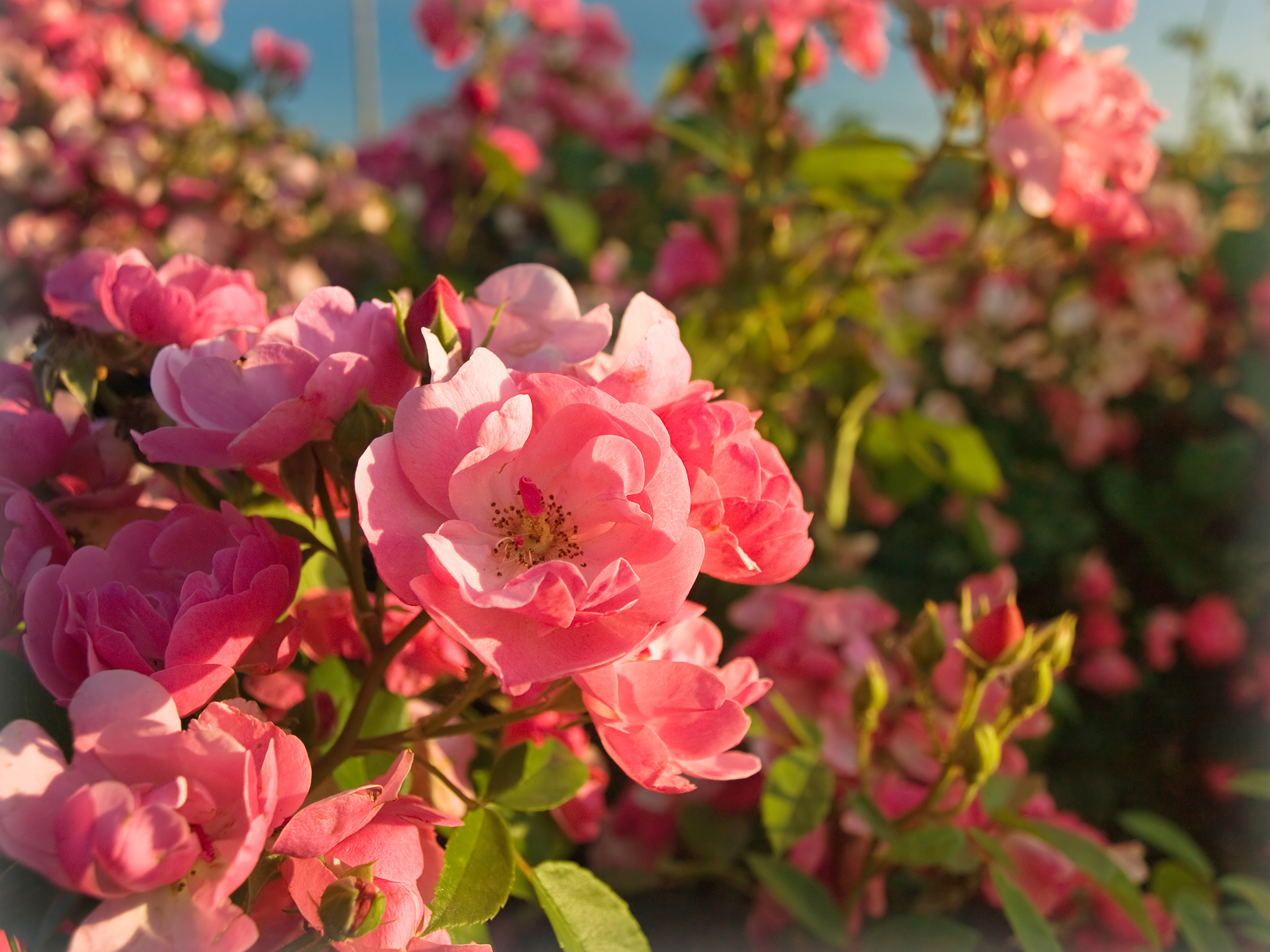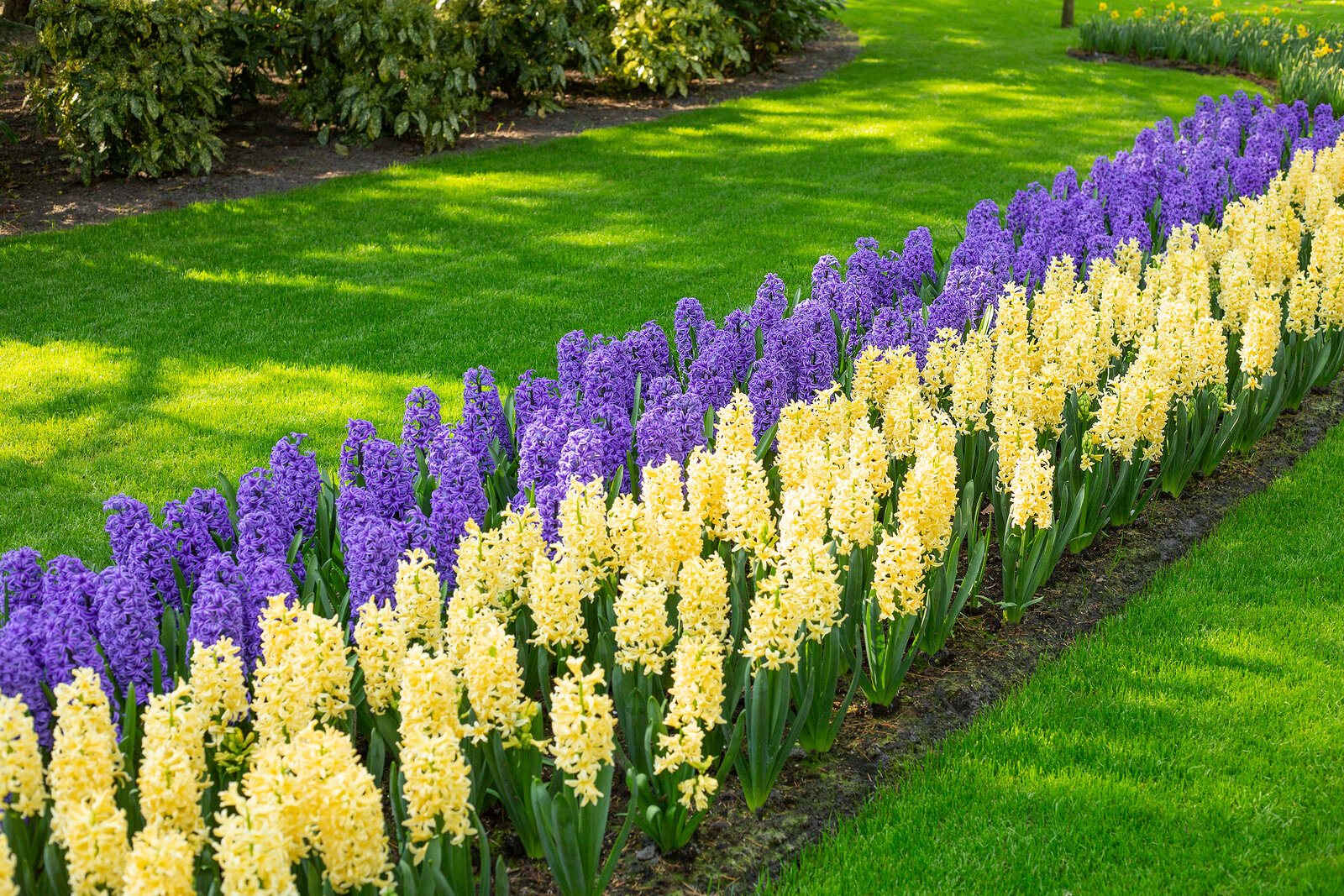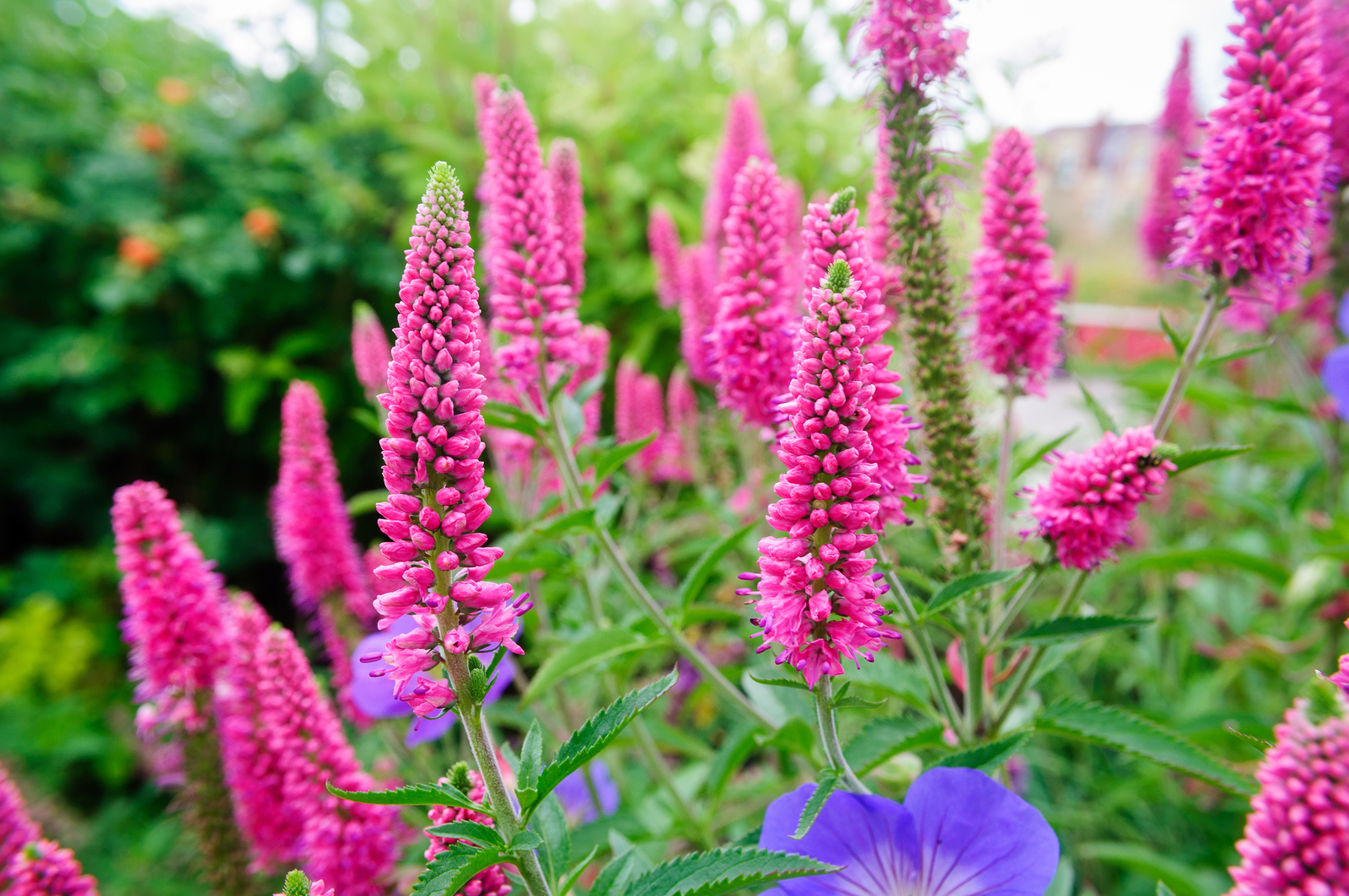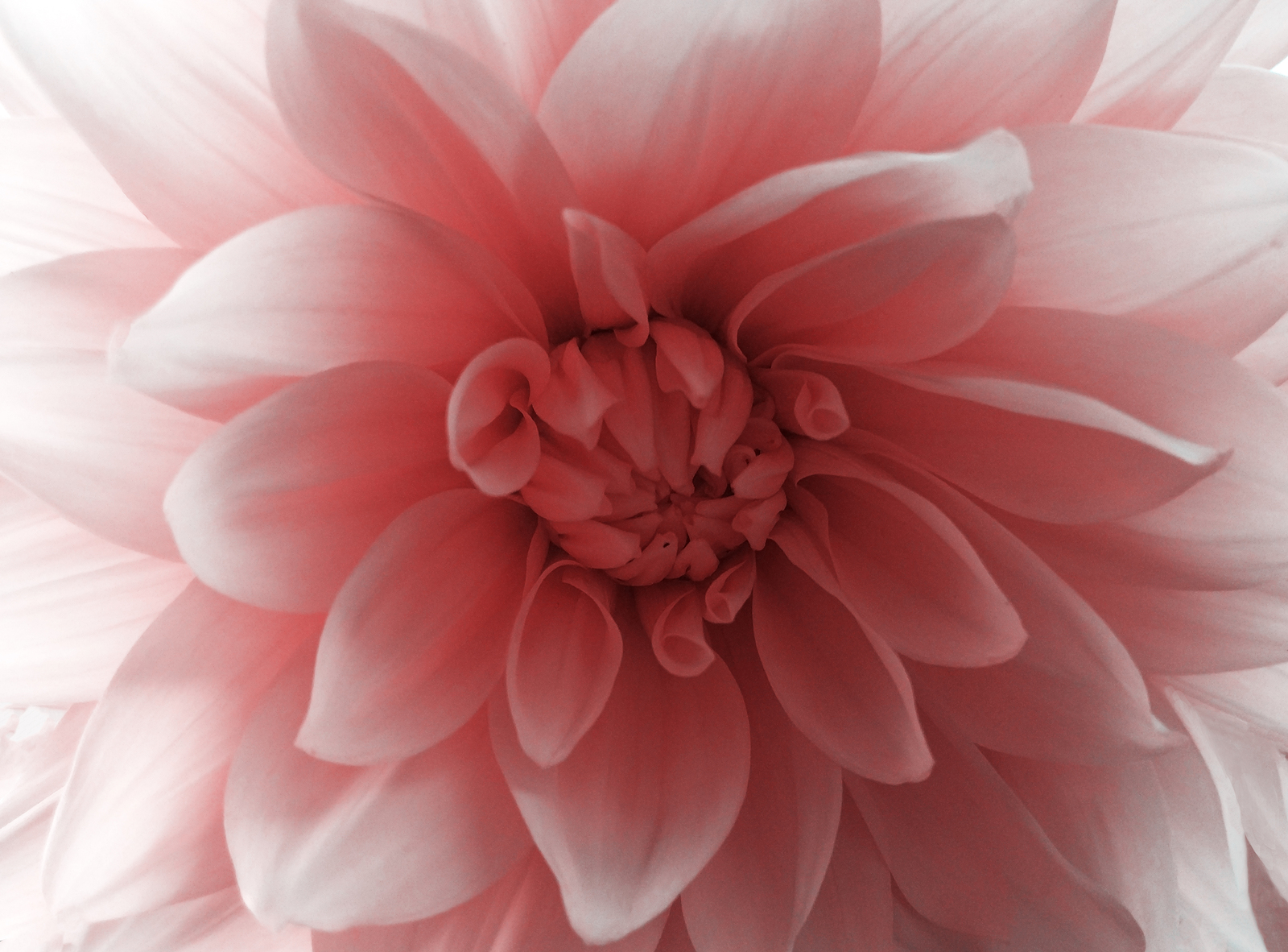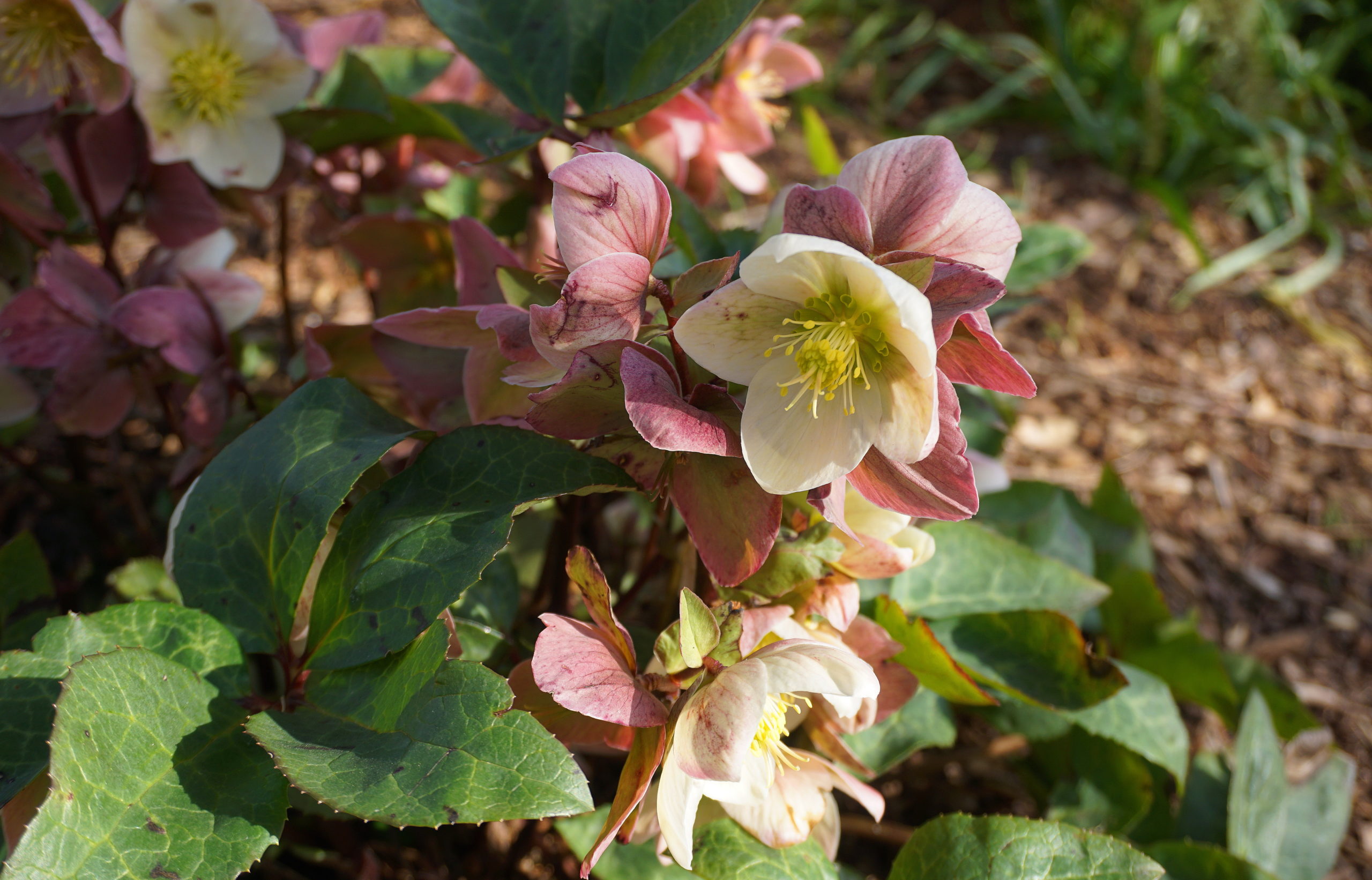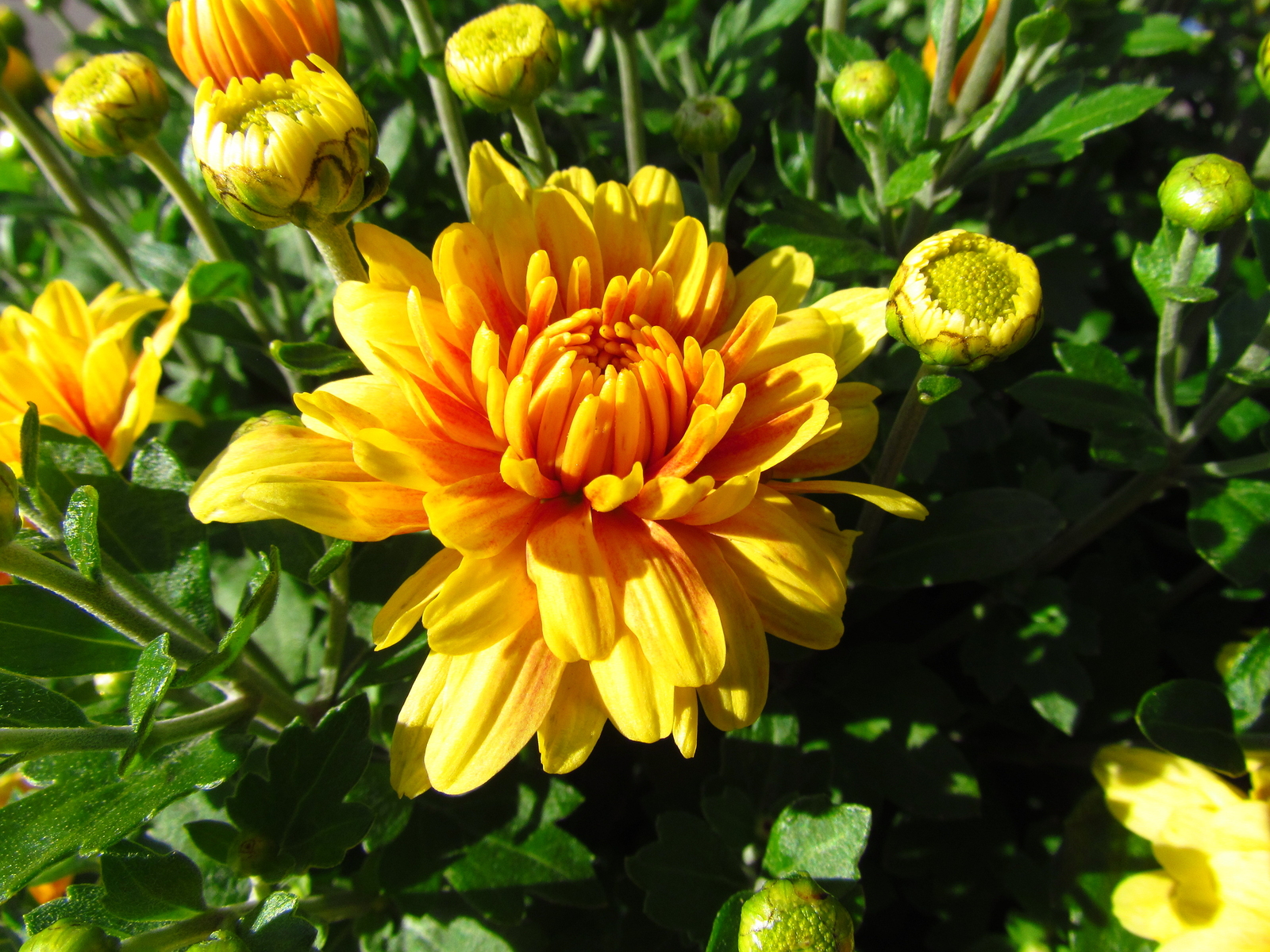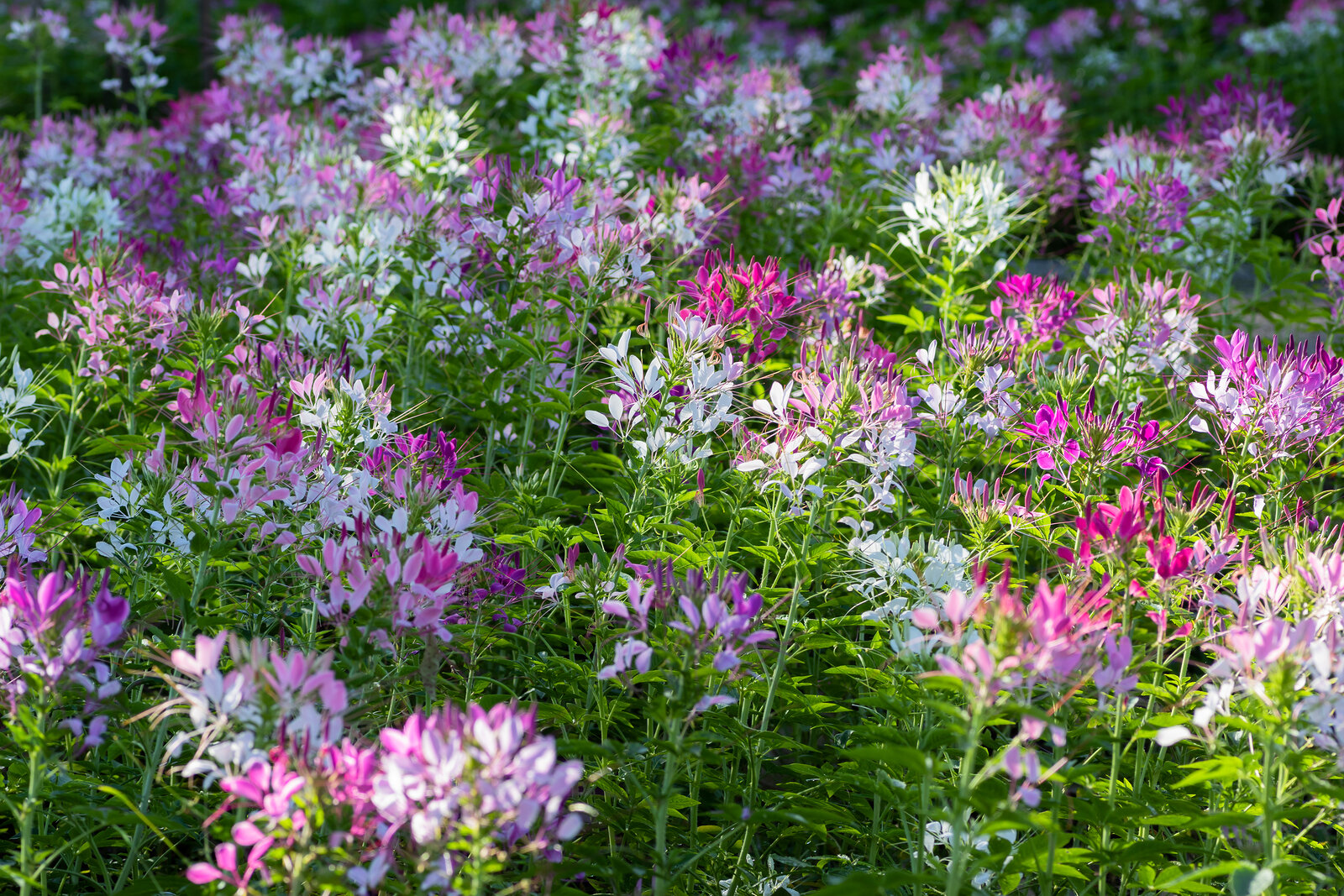Trees in Garden Design
Trees are commonly the largest and tallest elements in a garden or landscape design. They also take the longest time to grow. Trees are commonly defined as woody plants with single or multi-trunks that are greater than 20 feet high. There are dwarf and miniature trees shorter than 20 feet, but they are often treated […] More

